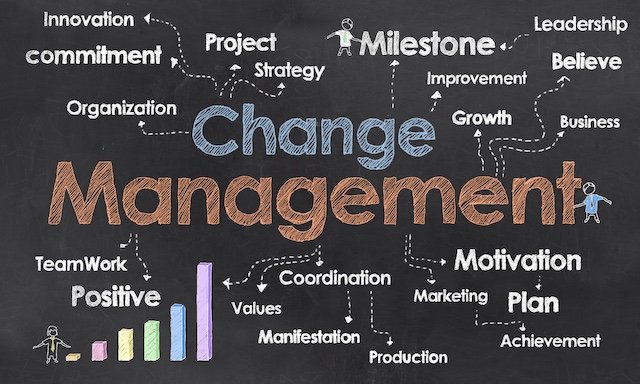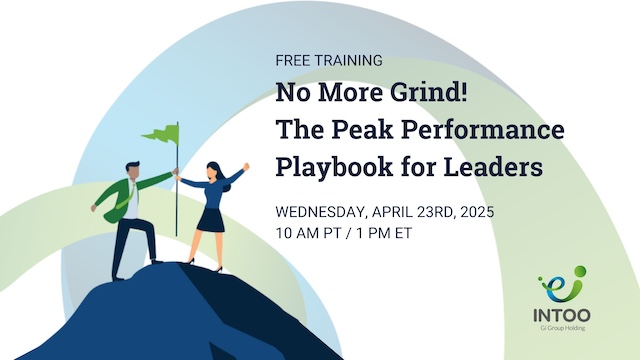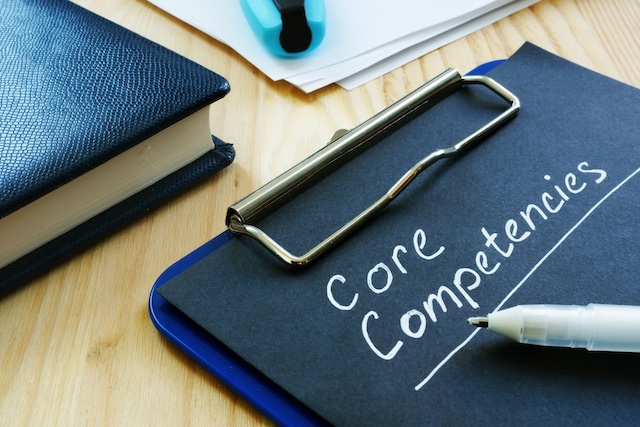Change is inevitable in any organization. Whether it is a change in leadership, a new product launch, or a merger or acquisition, business change can be disruptive and challenging. Change leadership is the process of helping people and organizations transition from the old to the new. It is about creating a shared vision for the future, providing support and guidance, and overcoming resistance to change. This endeavor requires crafting a comprehensive and shared vision of the future that resonates with all stakeholders’ aspirations and objectives. Such a vision serves as a guiding light, illuminating the path toward the transformation that lies ahead. By effectively communicating this vision, change leaders foster a sense of purpose and direction, ensuring that efforts remain aligned and cohesive during times of uncertainty.
What Is Change Leadership?
Change leadership is the strategic and proactive process of guiding individuals, teams, and organizations through significant organizational changes or transformations. It involves creating a vision for the desired future state, mobilizing support, and facilitating the adoption of new behaviors, processes, and ways of thinking. Change leadership goes beyond managing logistical aspects of change; it emphasizes the human side, focusing on inspiring and empowering people to embrace and navigate changes effectively.
7 Advantages of Being a Change Leader
1. Increased sales
Change leaders play a pivotal role in driving innovation within an organization, which directly impacts sales. A leader’s ability to inspire teams to explore new avenues for growth allows the organization to adapt quickly to market shifts and changing customer preferences. Leaders must proactively assess the ever-evolving market landscape to identify emerging trends that could potentially lead to untapped opportunities.
Guiding their teams to create products and services aligned with these changes can position a savvy organization at the forefront of industry trends. As a result, the organization can capture new market segments, expand its customer base, and ultimately increase sales and market share.
 2. Greater efficiency
2. Greater efficiency
The discerning eye of change leaders extends to the optimization of operational efficiency. They possess a knack for identifying inefficiencies within processes and workflows and recognizing pain points that hinder the smooth progression of tasks. By astutely analyzing the way tasks are performed and pinpointing bottlenecks, they can uncover areas where resources may be misallocated. Implementing strategic changes, whether through the adoption of cutting-edge technologies, the fine-tuning of workflows, or the strategic reconfiguration of teams, enables these leaders to streamline operations. This heightened efficiency allows the organization to achieve more substantial outcomes with the same resource pool, resulting in increased productivity and cost-effectiveness.
3. A positive work environment
Change leaders understand that fostering a positive work environment is facilitative to employee satisfaction and paramount for driving success. They take a holistic approach to nurturing a workplace culture of transparency, trust, and collaboration. Through effective communication, they ensure that employees are well-informed about impending changes, the rationale behind them, and the potential impact on the organization. This culture of transparency nurtures trust among employees, elevating their morale and generating a sense of unity where individual contributions are recognized and valued. In such an environment, employees are more likely to be engaged, motivated, and committed to the organization’s goals.
4. Stability, even amid change
Paradoxically, effective change leadership provides a sense of stability during times of transformation. Change leaders are adept at conveying the ‘why’ and ‘how’ of change to employees, elucidating its alignment with the organization’s objectives. By articulating a well-defined vision and outlining the incremental steps necessary to attain it, they alleviate the uncertainty and anxiety that often accompany change. This clarity imparts a sense of stability and assurance, enabling employees to confidently navigate the change process. As a result, employees are more likely to embrace change as a positive force and contribute constructively to its implementation.
 5. Enhanced adaptability
5. Enhanced adaptability
Change leaders champion adaptability, recognizing its vital role in navigating a dynamic business landscape. They promote a mindset shift among employees, encouraging them to perceive change as an opportunity for learning and growth rather than a disruptive force. By instilling this adaptable outlook, they equip the workforce with the resilience needed to weather shifts and pivot effectively in response to changing circumstances. This enhanced flexibility serves as a competitive advantage, empowering the organization to innovate and respond swiftly to evolving market conditions.
6. Innovation
Change leaders are attuned to the symbiotic relationship between change and innovation. They understand that transformation often paves the way for fresh perspectives and creative breakthroughs. By fostering a culture of innovation, they create an environment in which employees are encouraged to challenge conventions, explore novel ideas, and think creatively. Embracing experimentation and viewing failure as a stepping stone to success, this culture stimulates the flow of innovative concepts. Consequently, the organization is primed to pioneer groundbreaking solutions, make novel discoveries, and continually drive growth through innovative practices.
7. Ongoing employee development
An integral aspect of change leadership is the unwavering commitment to employees’ career development. Change leaders prioritize the ongoing growth of their staff members’ skill sets and knowledge base. Through personalized guidance, targeted training, and opportunities for skill refinement, they empower employees to acquire new proficiencies and insights. This investment not only propels individual career advancement but also assembles a dynamic and versatile workforce. Armed with a diverse array of skills, this workforce is prepared to tackle challenges and seize opportunities adeptly, ultimately fortifying the organization’s competitive edge, while keeping employees engaged.
Conclusion
Change leaders drive transformative impact across sales, operations, and employee engagement. They foster innovation, rectify inefficiencies, and promote a positive environment, ensuring smooth transitions, adaptability, and organizational resilience. Their commitment to innovation and employee development empowers confident navigation of challenges and opportunities. Looking for ways to develop change leaders within your organization? Contact INTOO to learn about our individualized coaching programs, leadership trainings and workshops.


 2. Greater efficiency
2. Greater efficiency 5. Enhanced adaptability
5. Enhanced adaptability








